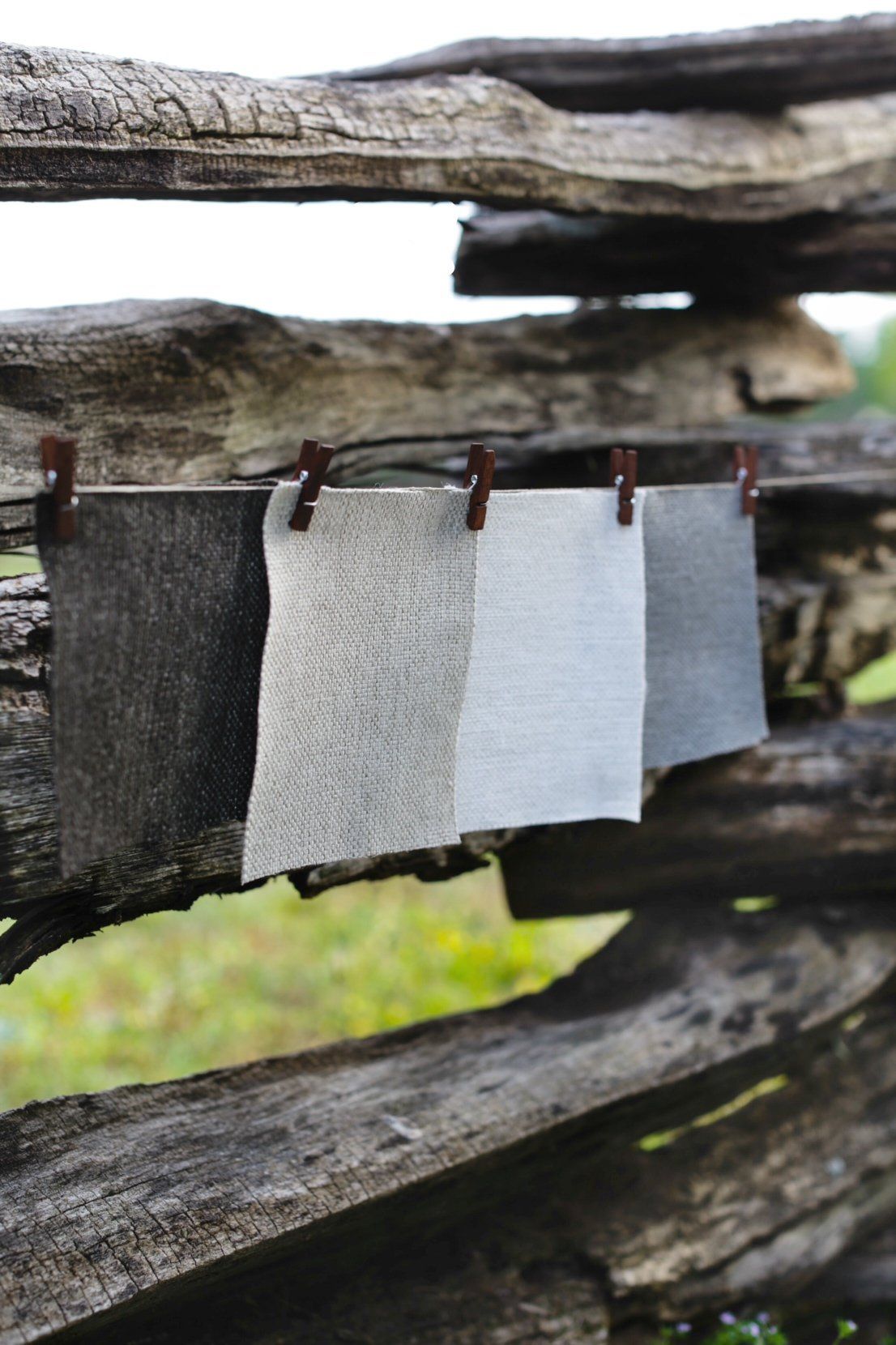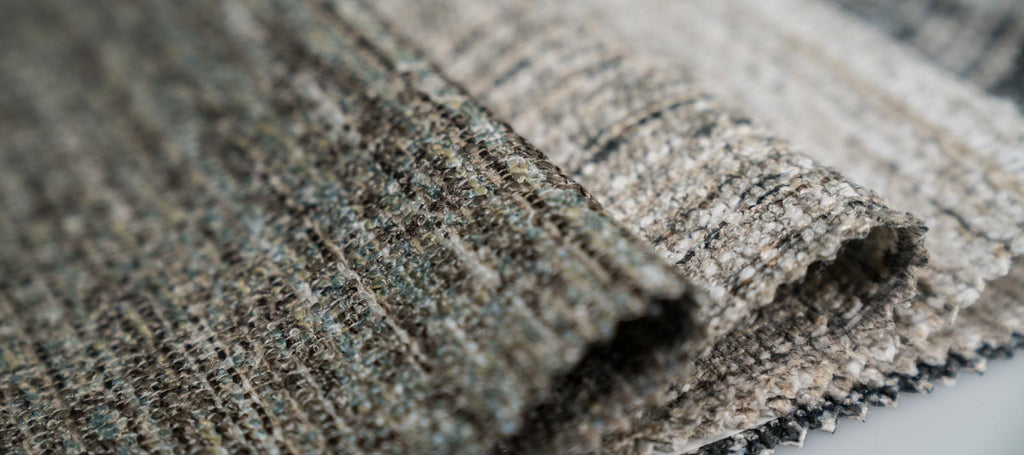
What is Olefin Fabric?

Olefin is another name for polypropylene fiber.
Polypropylene is the chemical name given to the compound we know as the textile, olefin. Chemically speaking, polypropylene sounds like a complicated process, but is in fact a greener fabric than cotton, wool, silk, or rayon. Olefin, or PP, is a synthetic based polypropylene fabric that was first created in Italy in 1957. Production was in full swing in the USA by 1960. The thread can be used in many different textile applications, but where does polypropylene come from? How is it produced and what are the advantages?
Polypropylene is made from the gas propylene. Propylene is a colorless gas with faint petroleum-like odor. It is a co-product of ethylene production through the steam cracking of hydrocarbons or oil production. I know what you're thinking... "How can olefin be more sustainable than cotton or silk while being involved with gas and oil production?"
Propylene, historically, was burnt off during oil production because it was thought to have no industrial use. Upcycling is a process used to create materials that were once thought to be waste products, but now can be chemically transformed into useful materials. Polypropylene is manufactured by polymerizing propylene compounds to get polypropylene. What does this mean? Simply put, smaller single molecules are combined and linked to form longer chain molecules with repeated structural units. The long chain molecule polypropylene, now in pellet or bead form, is then melted and ran through a machine called a spinneret to link all the molecules together into thread. During the melting process, solution-based dyes must be applied because polypropylene is chemically stain resistant. This means after the thread is made, it will not take a dye or stain if applied after thread form. That is why it is imperative to solution dye or pigment dye your olefin during the melting process. After the spinneret turns the polypropylene into thread, the thread is spun into yarn which is then woven into your desired textile application.
Today, the olefin market makes up 16 % of fiber production. Olefin uses no water or land during the production and was once waste material from oil production; making it one of the greenest textiles with the lowest carbon footprint (Source: Higg Index). Let’s not get ahead of ourselves though, just because you use olefin, that doesn’t mean you are still green and environmentally conscious.
Is Polypopylene Fabric Safe?
Olefin is inherently safe, but how we treat the olefin is the true measure of health and environmental consciousness.
Chemicals like Polyfluorinated Compounds (PFC’s) are sprayed on furniture, rugs, and apparel to repel water and stains. Anti-microbials and fire retardants are also used but have been found by the Green Science Policy Institute to have health effects. Revolution Performance Fabrics only uses Olefin and the weave design to repel stains. Olefin is chemically stain resistant so there is zero need for water repelling chemicals and antimicrobials that can affect your health. Below are some of the benefits of Revolution Performance Fabrics that are 100% made of olefin.
Advantages of Revolution™ Olefin
-
Durable
-
Colorfastness
-
Comfort
-
Resists staining
-
Upcycled Material
-
No PFC Treatments
-
No Volatile Organic Compounds
-
No Anti-Microbials
-
No Fire Retardants
-
No Chemical Stain Treatments of Any Kind
Learn more about our Environmental Impact
Comments
Leave a comment